Minaret and Archaeological Remains of Jam History, Travel Information, Facts And More
Minaret and Archaeological Remains of Jam
Rate Minaret and Archaeological Remains of Jam as Historical landmark here
PERSONAL INFORMATION
NAME
Minaret and Archaeological Remains of Jam
COUNTRY
Afghanistan
ADDRESS
Shahrak District, Ghor Province, Afghanistan
MINARET AND ARCHAEOLOGICAL REMAINS OF JAM PICTURE
More Information
About Minaret and Archaeological Remains of Jam
The Minaret of Jam is a monument located in Ghor Province of Afghanistan. It is situated close to the Hari River. The Minaret was founded in the 12th century by Sultan Ghiyath al-Din Muhammad. It is about 65-meter or 62 metres high and is made with baked bricks. It is estimated that it was made after the victory of the Ghurid sultan Ghiyas ud-Din over the Ghaznevids. It was included in the UNESCO World Heritage Site in Danger due to the threat of erosion in 2002. It is a part of a group of about 60 minarets and towers that were made between the 11th and 13th centuries in Iran, Afghanistan, and Central Asia.
Some Lesser Known Facts About Minaret and Archaeological Remains of Jam
- The Qutub Minar in India was directly inspired by this minaret. Though Qutb Minar is higher than this Minaret. But still, it is on the second rank among the tallest ancient minaret after Qutb Minar.
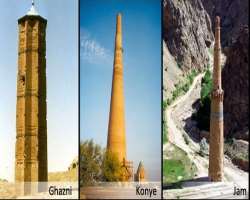
- The Minarets consist of alternating bands of Kufic and Naskhi calligraphy, verses from the Qur'an, and geometric patterns. The tall minarets were important in Islamic architecture and were used as a vantage point for the call to prayers (Azaan).
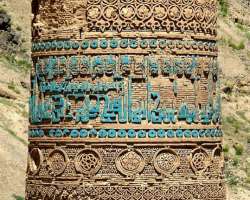
- The monuments in Afghanistan were often subject to looting and there are fewer conservation works are done on this Minaret and other archaeological remains in the country due to its unstable political condition.
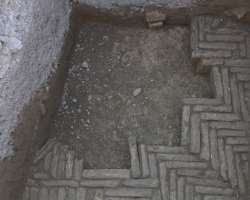
- No archaeologist can visit the place as the area is not safe for the scholars and the looters are taking advantage of this opportunity. You will amaze to know that many of the items of Jam are already sold in the art market in London by concealing its identity saying that they belong to Persia or Selijuk.
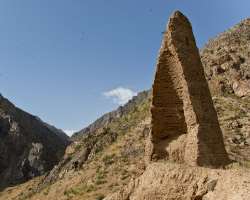
- Small work for artifacts is done by digging the robber holes where the archaeologists have found some pottery items, remains of 30 different plants, and hundreds of bone fragments. Most of the bones belong to sheep and goats while some of the bones were of deer, cattle, horses, and chickens with which it could be estimated that the citizens were the regular meat-eater. Notably, no bones of pigs are found with which anyone can estimate that the citizens were strict followers of the Islamic religion as the eating of pig meat is not allowed in Islam. Though the region does not support agriculture still some cereal grains and fruits like apple, pear, pistachios, figs, and other items were found in excavation.
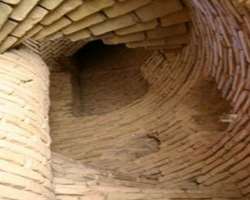
- There is also one Jewish cemetery nearby that contains some Hebrew inscriptions on large stones. Also, there is a bazaar and hilltop fortress. It could be estimated that area was inhabited by Muslims and Jews before the arrival of Ghengis Khan who forcibly abandoned the city and destroyed everything. Perhaps he left the minarets to be used as a watchtower.
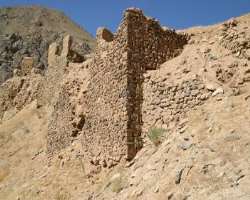
USER RATING FOR MINARET AND ARCHAEOLOGICAL REMAINS OF JAM